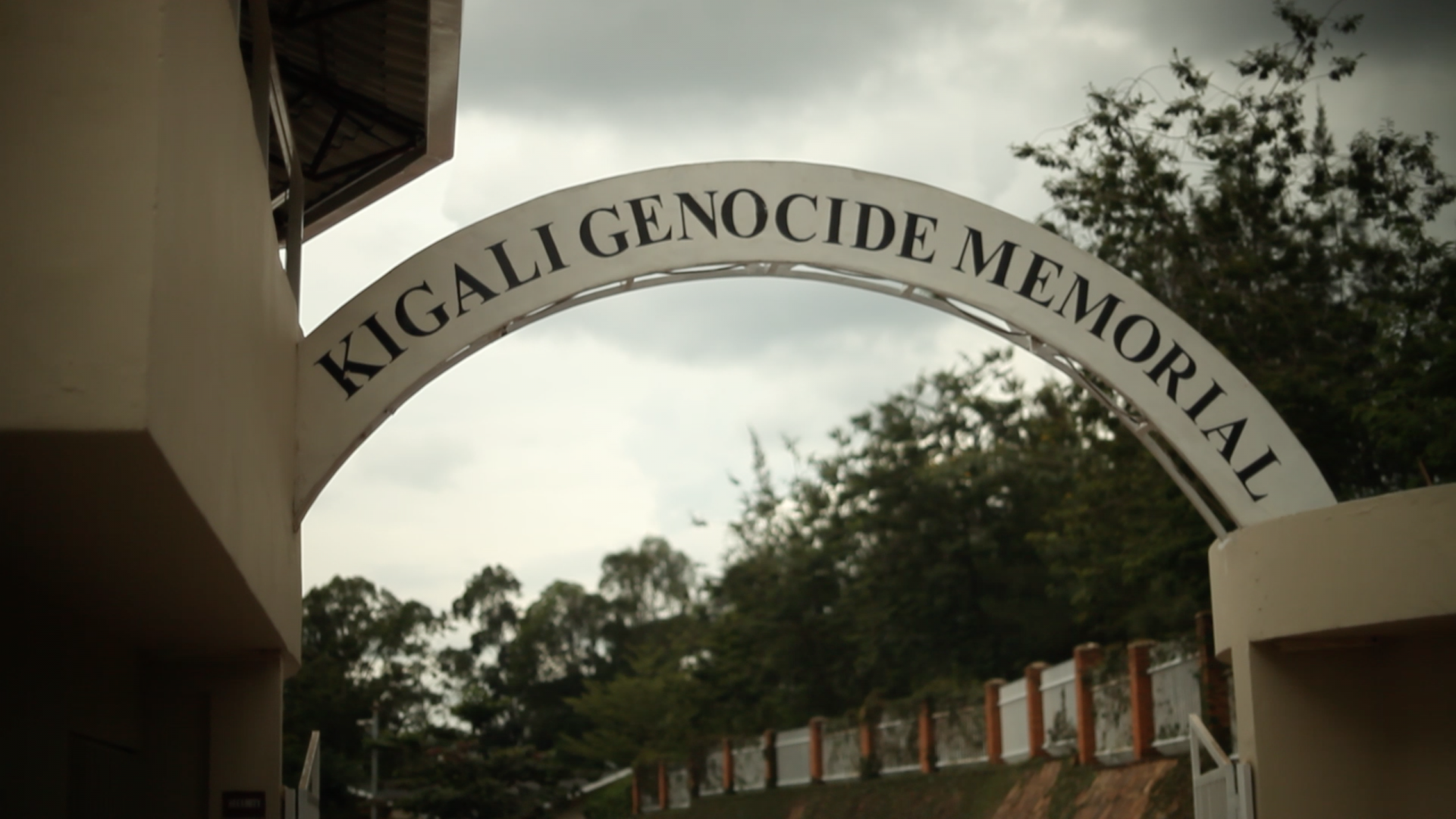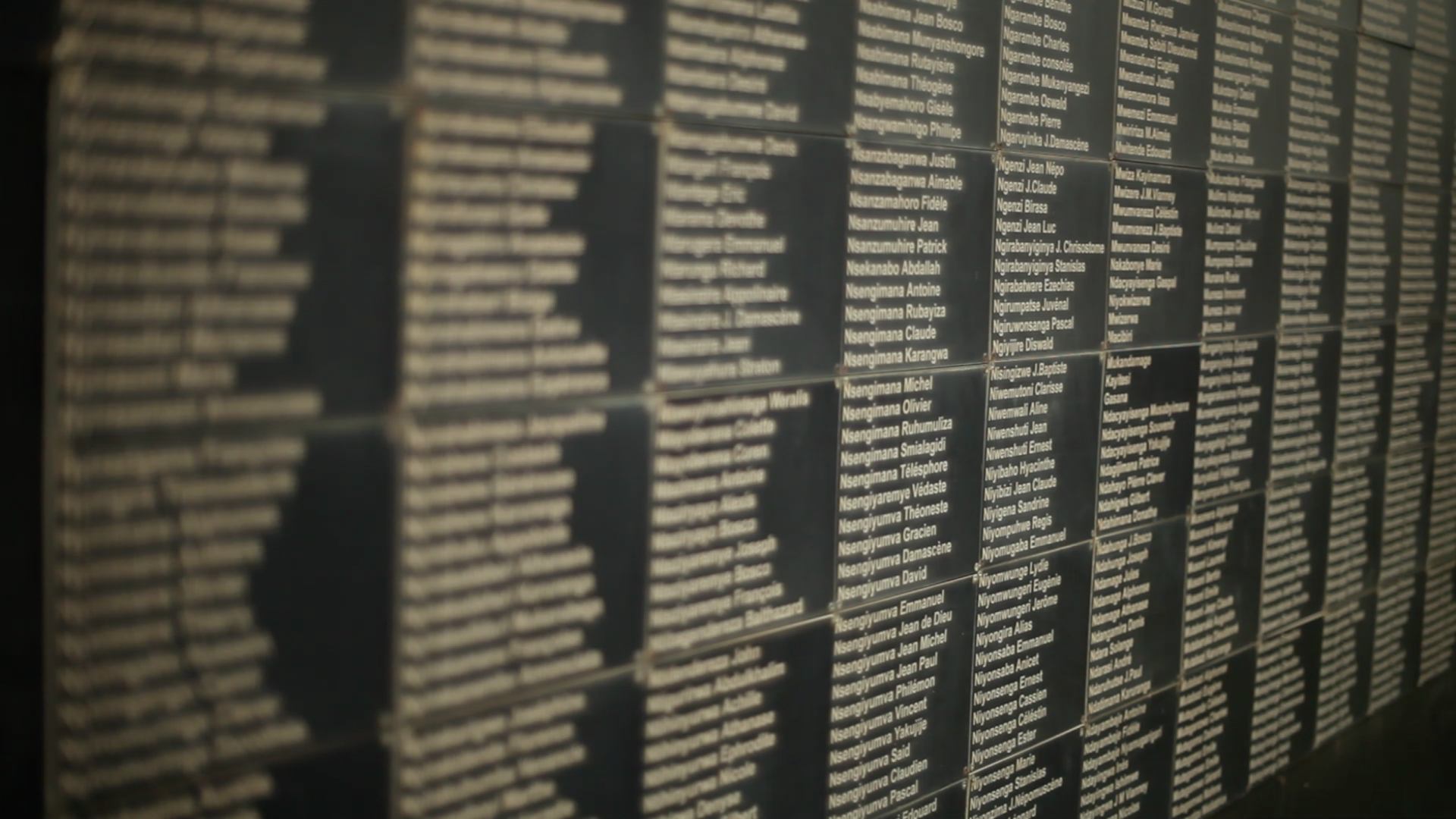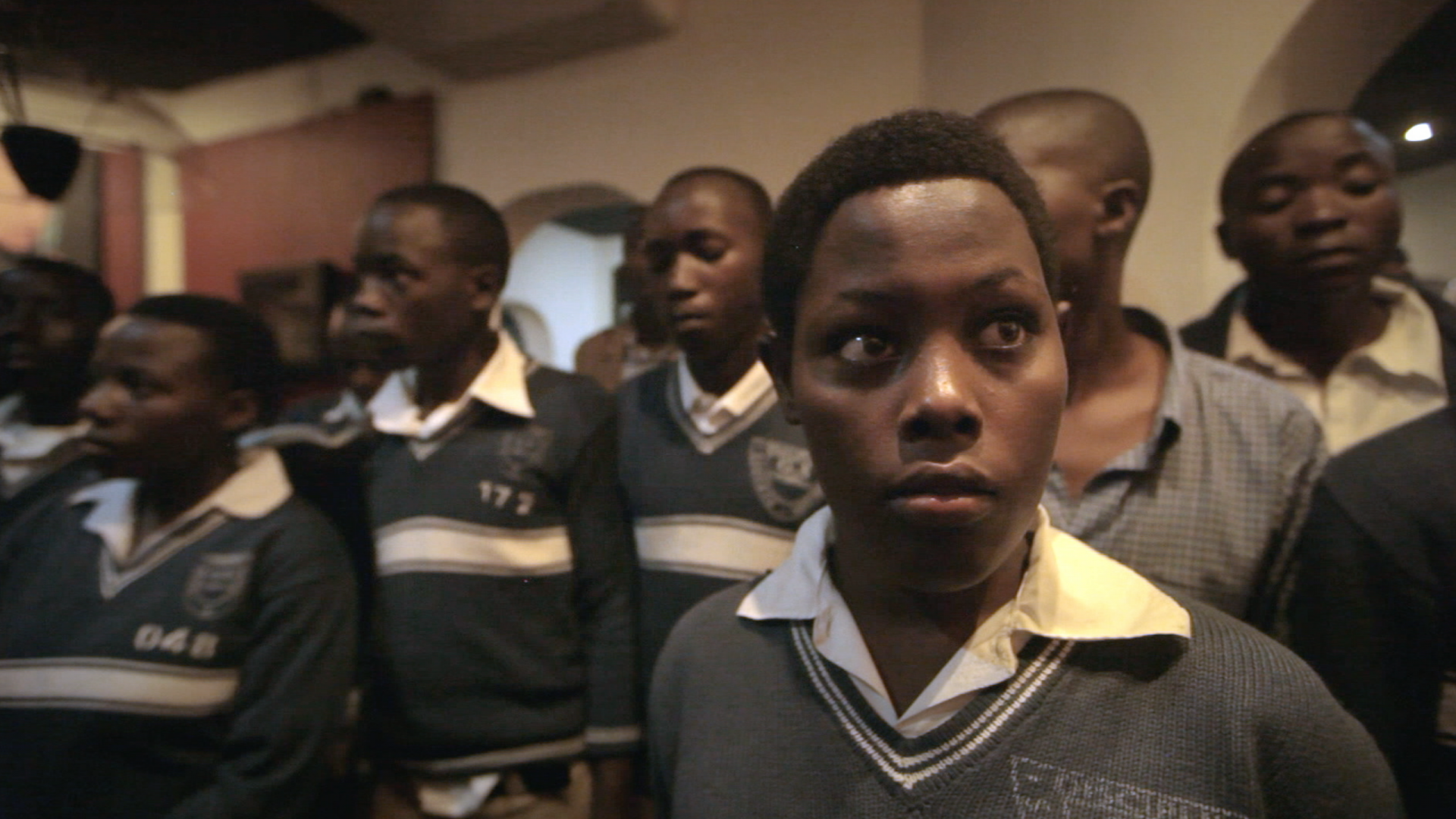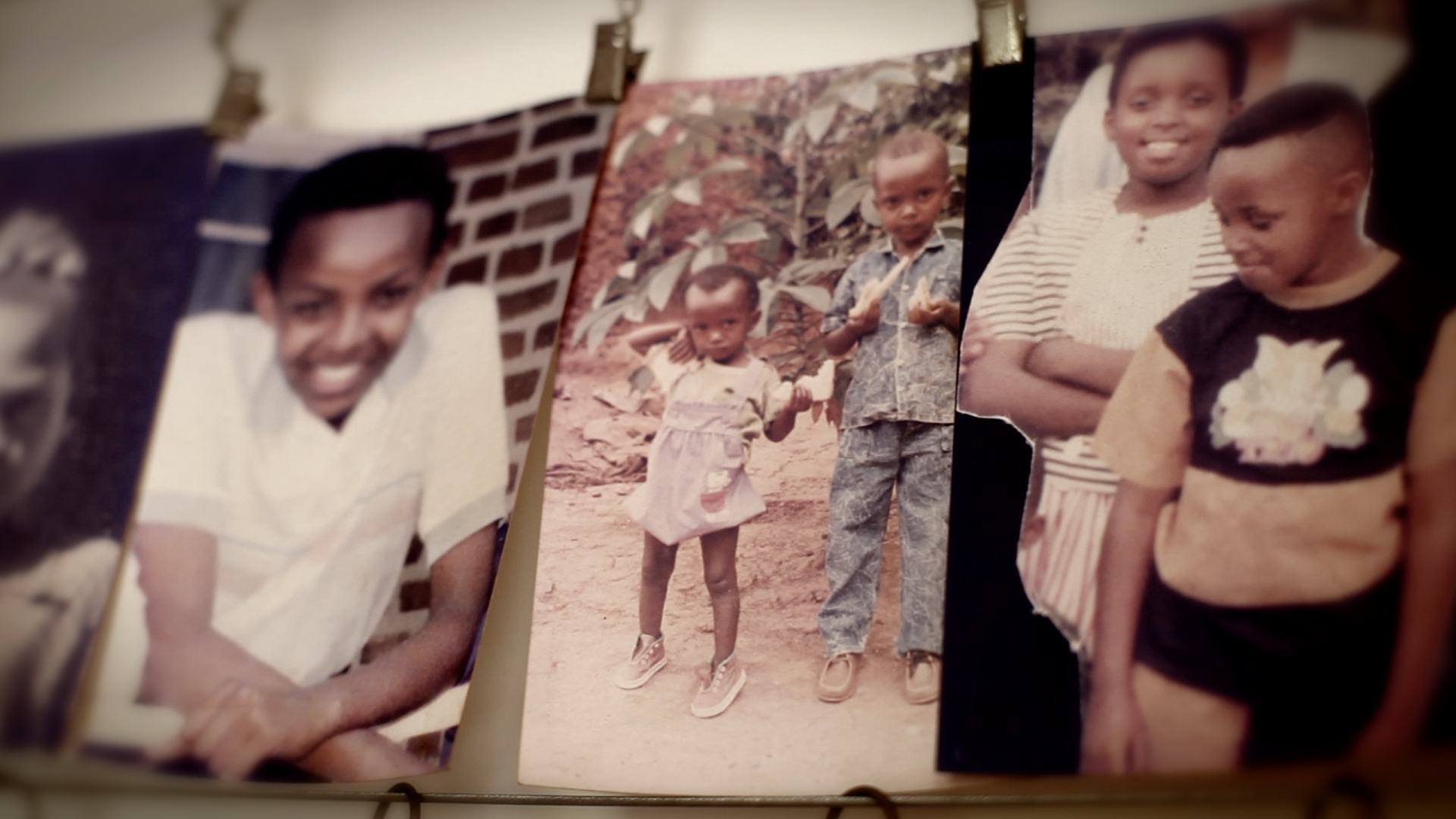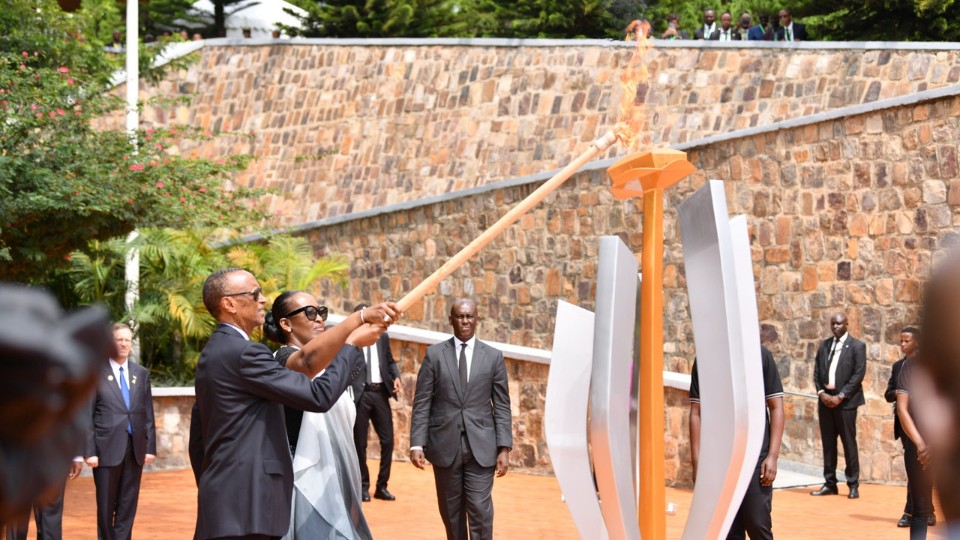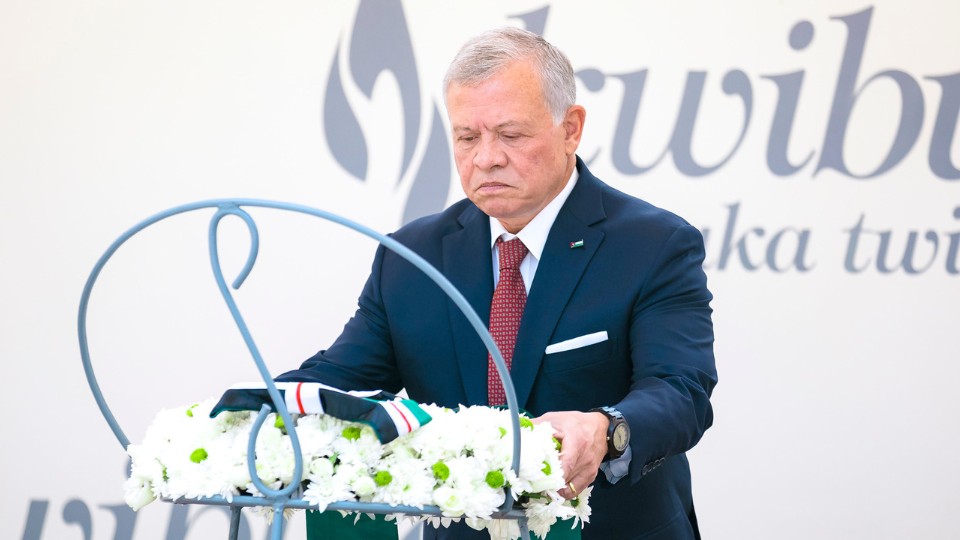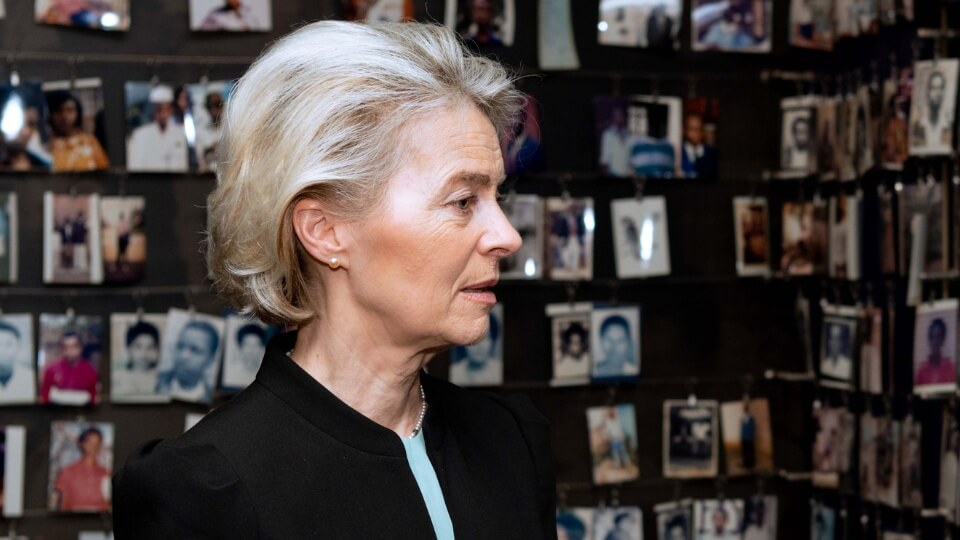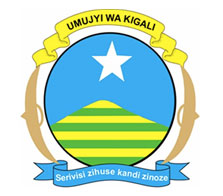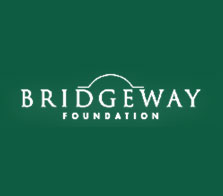Built in Rwanda’s capital at a site where some 250,000 victims of the Genocide against the Tutsi lie buried, the Kigali Genocide Memorial is a place of remembrance and learning which hosts tens of thousands of visitors each year, from Rwandan school students to international celebrities and politicians.
In Tripadvisor’s 2015 ‘Travellers Choice’ awards, it is one of the top ten landmarks to visit in Africa.
Established by the Aegis Trust in 2004 at the request of the Rwandan authorities, the Memorial continues to be run by Aegis under contract to CNLG – Rwanda’s National Commission for the Fight Against Genocide.
Comprising exhibitions, memorial gardens, educational facilities and the Genocide Archive of Rwanda, the Memorial plays a vital role within Rwandan national, social and cultural identity as a place of remembrance for survivors and education, both for the young and for wider Rwandan society. It is also a site of learning highly relevant to the international community, as policy makers strive to improve response to mass atrocities and the effectiveness of systems for prevention.
Located in Gisozi in the northwest corner of Kigali, the Memorial is easy to access by road from anywhere in the city, taking no more than 10 or 15 minutes by taxi or moto from the centre of town if the traffic is reasonable. If you have time to spare and want to experience Kigali on foot, you could even walk there, but there are no other major visitor attractions in the immediate vicinity.
You won’t get there quickly if it’s the morning of the third Saturday in the month; during ‘Umuganda’, a sort of collective national monthly tidy-up, the taxis and motos don’t run. If planning a visit around lunch, have it at the Memorial – the café is excellent.

There are three permanent exhibitions at the Kigali Genocide Memorial. The main exhibition, which takes up the entire basement floor, explores the history of Rwanda during its slide into genocide, the 100 days of genocide itself, and the aftermath. ‘Our future lost’ is an exhibition about the experiences of children during the genocide, and ‘Wasted Lives’ looks at the Holocaust and other genocides through the 20th Century.
Audio guides, available for hire from reception, offer helpful information about the exhibitions, memorial gardens and mass graves. If you’re visiting in a group, you might want to book one of the guides team to take you round in person. There is also a book shop and a café where you can reflect on your visit; these are both social enterprises supporting the work of the Aegis Trust.
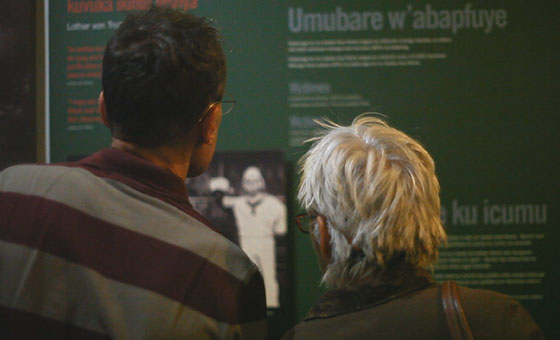
To visit the Kigali Genocide Memorial, there’s no need to pre-book. The Memorial is open 8.00am – 5.00pm (last entry 4.00pm), seven days a week; closed only for public holidays.
To find out more about the Genocide Archive of Rwanda, which is located at the Memorial, visit www.genocidearchiverwanda.org.rw.
If you’re a journalist or filmmaker with a query relating to the Memorial, please contact our Media team.
If you’re visiting Rwanda and looking for great value accommodation, why not support Aegis and the Kigali Genocide Memorial by staying at the Discover Rwanda Youth Hostel?

“You are the stone on which we will build a Rwanda without conflict.”
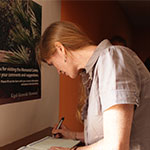
“Nobody who comes to this memorial is ever the same when they leave.”
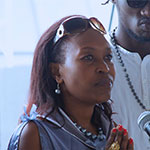
“This memorial … it is home to the loved ones we buried.”
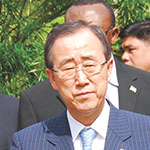
“A warning and a symbol of hope … each time I have been moved to tears.”
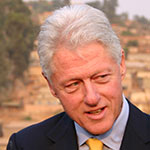
“Profoundly important … It faithfully, honestly, painfully presents the truth.”

